

Nikon AF 105mm f/2D DC - The Defocus Control Lens
|
Lens data for the Nikon AF 105 mm f/2 DC:
Lens construction: 6 elements in 6 groups Closest focusing: 0.9 m / 3 ft For DX sensors: full frame equivalent: 157.5 mm Filter: 72 mm Hood: Built-in Dimensions: 3.1 x 4.4 in Weight: 22.6 oz. Appearance: 1993 Performance on cameras with DX-sized sensors: Both the Nikon AF 105mm f/2 DC and Nikon AF 85mm f/1.4D are classical lenses for portraiture. Their focal length is very similiar so you won't win much by owning both. I got a very cheap offer for the Nikon 105mm f/2 DC lens so I couldn't resist. It is one of the sharpest prime lenses Nikon has to offer. When used at f/5.6-8 on a Fuji S2 or S5 camera, images of distant landscapes have a biting sharpness which I've never seen with any other lens. The clarity and richness in detail is amazing. As a portraiture lens, 105mm focal length is just a little bit too long for cameras with the small APS-sized sensors. This is why I usually pick the 85mm lens for such purposes. With the comeback of full frame (Nikon D3) this lens is just perfect for portraiture. The Nikon AF 105mm f/2 DC is also a very capable lowlight lens with excellent sharpness wide open, almost as impressing as the Nikon 85mm f/1.4D lens. Of course, you lose one stop with the 105mm lens because it is f/2 instead of f/1.4. If the Nikon AF 85mm f/1.4D chooses 1/60s at f/1.4, the Nikon AF 105 mm f/2 DC has to go with 1/30s at f/2 (for the same ISO value). The "DC" on the Nikon AF 105mm f/2D DC stands for "Defocus (Image) Control" and describes a technology especially for portraiture. By turning a ring called "DC ring" one can control the background and foreground blur of the image. In extreme settings images can look as if a soft focus filter was applied. The DC ring controls the amount of spherical aberration of the optical system. In the neutral setting the 105mm lens can be used like an ordinary 105mm lens. The following description is mostly from the great website dantestella.com. My English is too poor to give a better description of what's happening with defocus image control: With the DC ring, you move a group of lens elements in the front to create aberrations. The possible settings for the ring range from 5.6R (R = Rear, R values are blurring the background of your target object) to 0 (neutral setting) to 5.6F (F = Front, F values are blurring the things in front of your target object). If you set the ring to the same aperture value as the lens in the F direction, it blurs objects in front of the subject. Likewise, if you turn the ring to match the aperture in the R direction, it blurs the background. If the DC ring setting exceeds the aperture (e.g. lens set to f/2, ring set to f/4), the picture will be soft all over. Changing the DC value requires the lens to be refocused. |
I leave the DC ring either in the neutral setting where the lens already has a very nice
"bokeh" (background blur) or I use the camera in A mode (aperture priority) at f/2.8 and
set the DC ring to 2.8R. The DC ring doesn't really control bokeh (the character of the
background blur) but how quickly the plane of focus fades into defocus. With a conventional
lens, it's a gradual transition. The DC tends to make the falloff more pronounced. But the
effect is very subtle. Non-neutral DC settings (no matter whether F or R) always introduce
image a certain degree of softness. This is the reason why I mostly leave the lens in the
neutral DC setting. It's the focal length which makes this lens interesting for me (rather
than the Defocus Image Control mechanism).
Performance on a full frame camera (Nikon D3): For a first look at the performance of the Nikon AF 105mm f/2D DC on the Nikon D3 full frame camera click here . Vignetting is very well controlled on a full frame sensor: There is almost no vignetting between f/2.8 and f/8. Fantastic! At f/2, vignetting is visible but is no problem for low light applications (concerts, street photography). Rating for the Nikon AF 105 mm f/2D DC lens (Maximum: 5, Minimum: 1): Image quality wide open: 4.5 Overall image quality: 5 "Bokeh": 4.5-5 Build quality: 5 Focal length comparison 
Not sure which focal length is best for portraiture? Check out this excellent comparison, done by Stephen Eastwood (shot with 24x36mm film): stepheneastwood.com (external link) Lens construction for the Nikon AF 105 mm f/2D DC: 
Image © 2008 Nikon Corporation (source) MTF chart for the Nikon AF 105 mm f/2 DC: 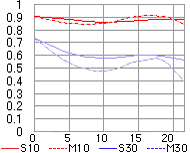
Image © 2012 Nikon Corporation (source) External reviews (Nikon AF 105 mm f/2D DC): dantestella.com (cache: 1 ) naturfotograf.com (cache: 1 ) photozone.de (cache: 1 2 3 ) slrgear.com (cache: 1 ) stacken.kth.se (excellent info on DC feature) (cache: 1 ) slrgear.com (excellent visualization of DC feature) *) Contact me if you know interesting reviews not listed here. The cache numbers in parenthesis next to the links lead to cached pdf files (just in case the original links don't work anymore). The files usually only represent parts of the original contents from January 2010. |
Some images taken
with the Nikon AF 105mm f/2D DC lens
(Sensor: DX format):

|
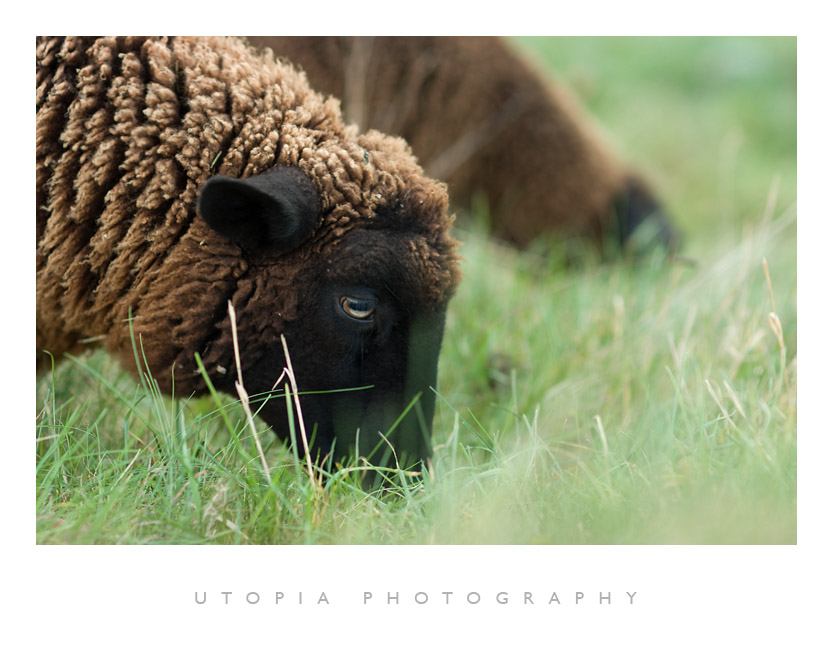
|
Some images taken
with the Nikon AF 105mm f/2D DC lens
(Sensor: FX format):

|

|
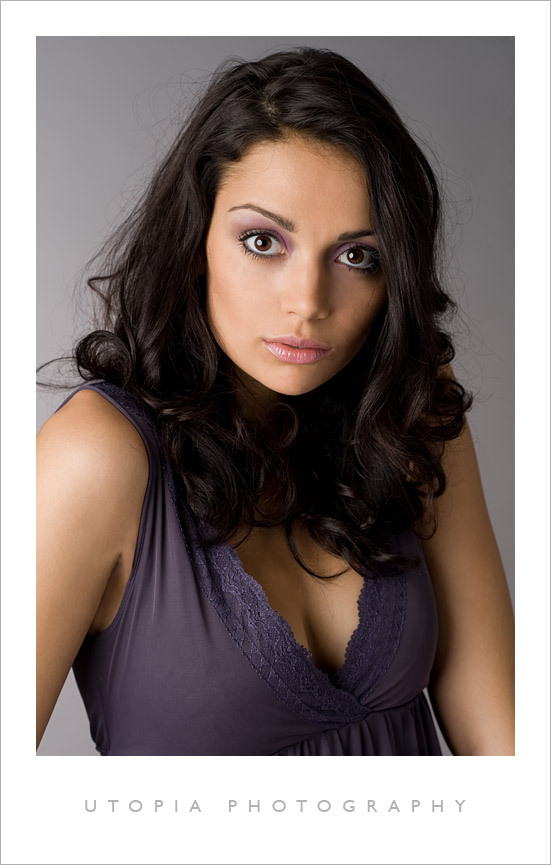
|
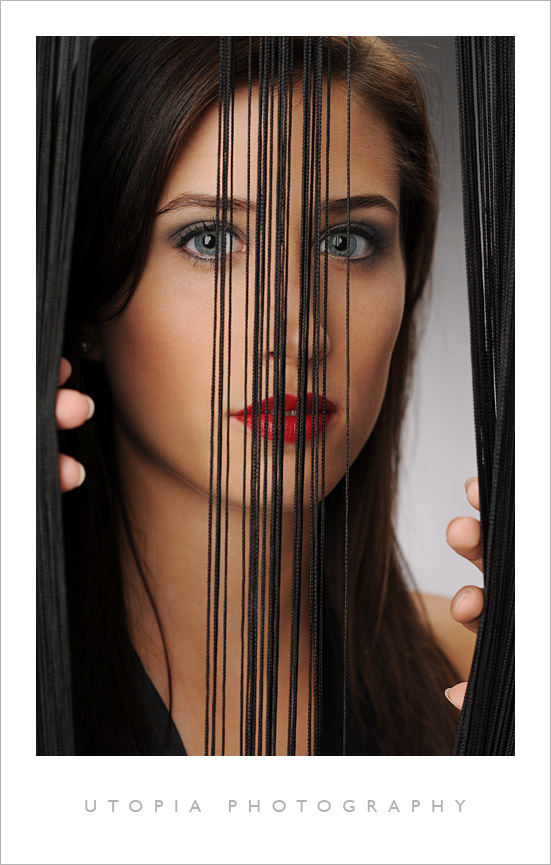
|
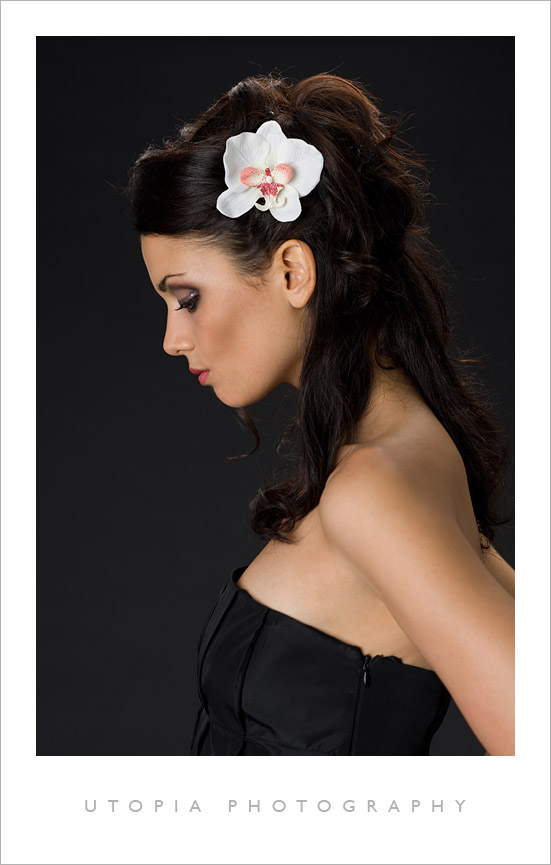
|
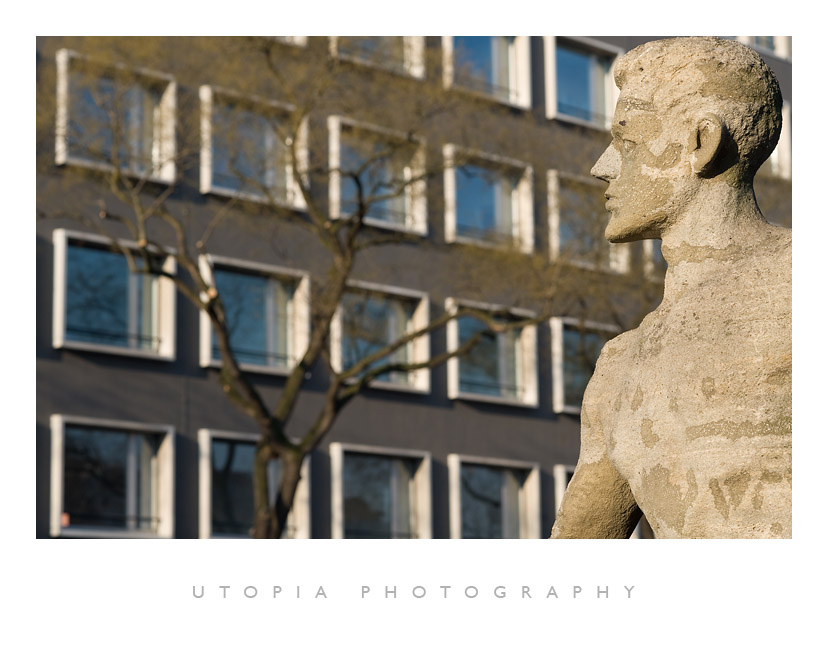
|
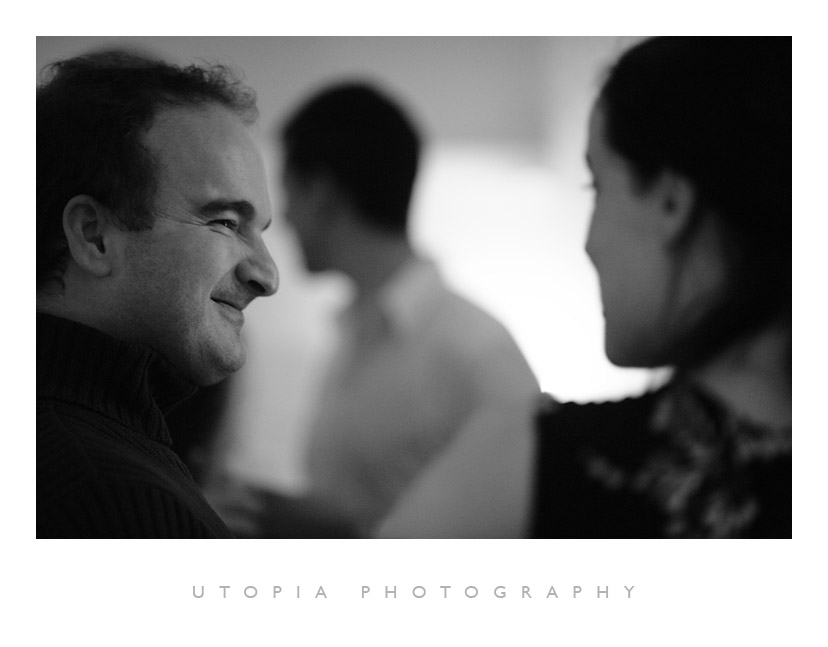
|
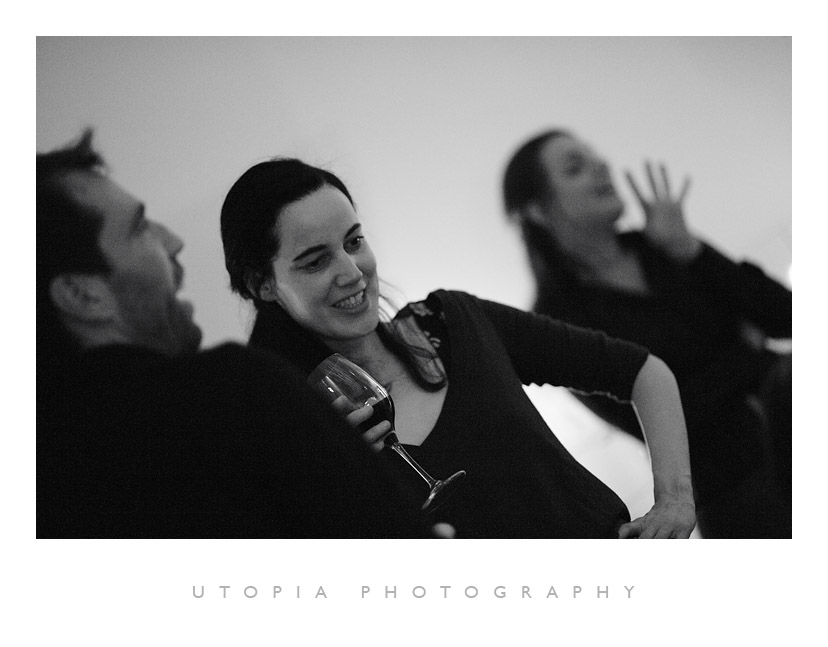
|

|